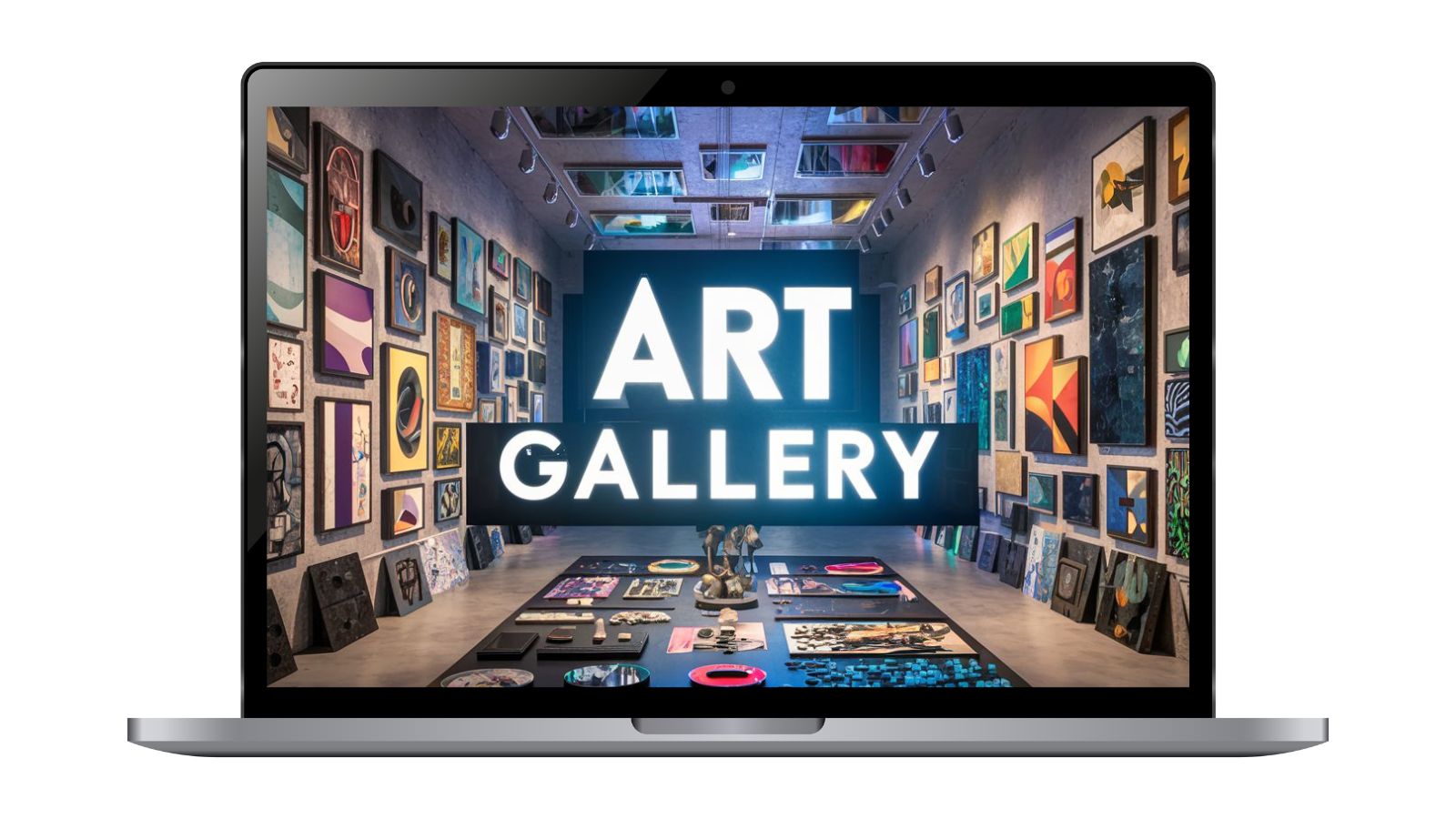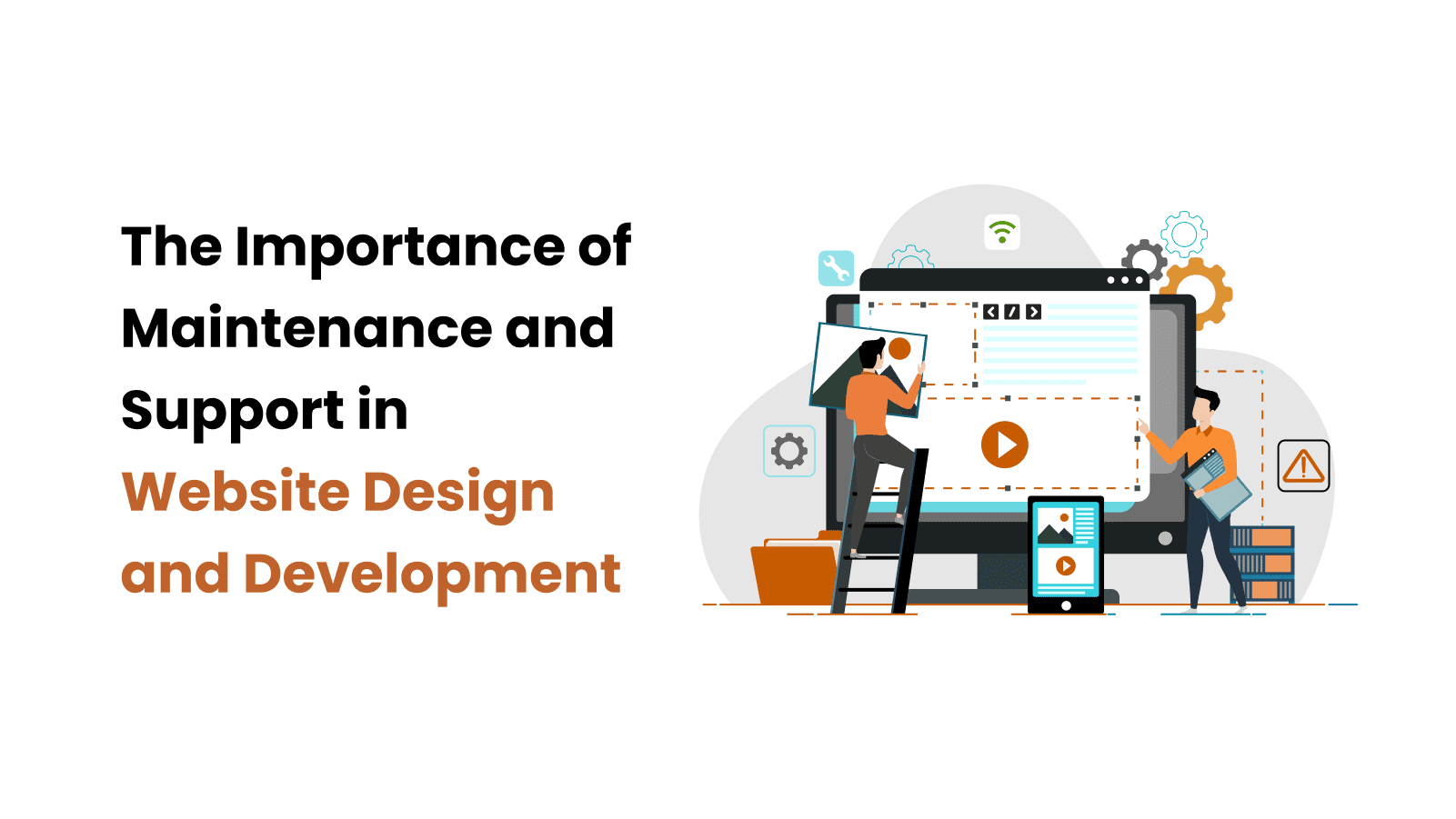
Art gallery website design is a crucial investment for showcasing artistic talent online. Understanding the costs involved in creating a visually appealing and functional website is essential for artists and gallery owners. In this blog post, we will explore key features, types of galleries, and factors affecting design costs. Find insights to assist artists and gallery owners in making informed decisions for their online presence. The digital era has transformed the way art is accessed, experienced, and purchased, making a well-designed art gallery website not just an asset but a necessity. Such a website acts as a virtual extension of the physical gallery, providing a platform for artists to showcase their work to a global audience and for art lovers to discover, appreciate, and acquire art beyond geographical limitations. The importance of a well-designed art gallery website spans several key areas: A well-designed website ensures art is accessible 24/7, allowing people from different time zones and regions to explore collections conveniently. This global reach opens up new markets for artists and galleries, potentially increasing sales and recognition far beyond their local vicinity. The website must offer an excellent user experience, mirroring the contemplative and immersive experience of visiting a physical gallery. This includes intuitive navigation, fast loading times, high-quality images, and mobile responsiveness. Online galleries allow for innovative ways to present and curate art. Virtual exhibitions, detailed artist pages, and themed collections can be easily updated and tailored to showcase the gallery's strengths. High-resolution images, videos, and virtual reality (VR) tours can offer detailed views of the artwork, sometimes providing perspectives not possible in a physical setting. For galleries that sell art, seamless e-commerce integration is crucial. A well-designed website should facilitate an easy and secure purchase process, including clear pricing, shipping, and returns information. An effective gallery website serves as a platform for promoting artists and their work. By featuring artist biographies, interviews, exhibition histories, and links to press coverage, the website can significantly contribute to building an artist's reputation and market value. A well-designed website is a powerful marketing tool. It can be optimized for search engines (SEO) to attract new visitors, integrate with social media to engage audiences and utilize analytics to understand visitor behavior and preferences. The website is often the first point of contact for the gallery, making it a key element in establishing the gallery's branding and image. The professional, visually appealing website reflects the gallery's identity and values, setting the tone for the visitor's experience online and in the physical gallery. Art gallery websites can vary widely in their design, functionality, and purpose, reflecting the diversity of the art world itself. These variations cater to different audiences, including collectors, artists, art enthusiasts, and the general public. Here's an overview of the main types: These websites represent galleries that sell artwork. They are designed with a focus on showcasing current inventories, artist representations, and details about purchasing art. Commercial gallery websites often include high-quality images of artworks, artist biographies, exhibition histories, and e-commerce functionalities to facilitate online sales. Focused on education and public engagement, these websites are associated with non-profit galleries and museums. They prioritize providing information about exhibitions, educational programs, and events. Emerging primarily in the digital age, online-only galleries have no physical space and operate exclusively on the web. These platforms offer a wide range of artworks for sale, often focusing on making art more accessible to a broader audience. Operated by artists themselves, these websites serve as a platform for collective or individual artists to showcase and sell their work directly to the public. They often emphasize community and collaboration and can vary greatly in design, reflecting the artists' aesthetic preferences. Vanity gallery websites are typically paid-for spaces where artists can exhibit their work. The focus is on providing artists with an online platform to showcase their art, often without the rigorous selection process found in commercial or non-profit galleries. The quality and reputation can vary widely. These sites function as digital resumes, including galleries of their work, artist statements, biographies, and contact information for commissions or sales inquiries. These platforms aggregate works from various artists and galleries, offering a broad selection of art for sale. They often provide tools for users to search for art by medium, price, style, or artist, making it easier for collectors to find and purchase art from multiple sources in one place. With the digital adaptation of traditional art fairs, many such events now have accompanying websites or digital platforms. These sites allow galleries to participate in virtual fairs, showcasing their artists and artworks through digital booths, often timed to coincide with the physical event. Creating an engaging and functional art gallery website involves integrating various key features that enhance the user experience, showcase artwork effectively, and facilitate transactions and interactions. Here are some essential features to consider: The cost of designing an art gallery website can vary widely based on several factors. Here are the key factors affecting the Art Gallery website design costs: When budgeting for an art gallery website, it's essential to consider both the initial design and development costs and the ongoing expenses for hosting, maintenance, and content updates. Balancing these factors with the gallery's needs and goals can help ensure the creation of a compelling, engaging, and sustainable online presence. For small galleries or individual artists looking for a basic website with a simple, template-based design, minimal customization, and no e-commerce functionality, costs can range from $1,000 to $3,000 A more customized art gallery website with advanced features such as high-quality image galleries, artist pages, CMS for easy updates, SEO optimization, and some interactive elements (e.g., zooming into artworks) might fall in the range of $3,000 to $10,000. For larger galleries or those requiring a fully custom design with advanced functionality, including sophisticated e-commerce solutions, high-resolution interactive art displays, virtual tours, extensive SEO, social media integration, and premium hosting, costs can escalate to $10,000 to $30,000 or more. NOTE: These are average cost ranges, and art gallery website design pricing can fluctuate based on specific needs and geographic location. Given the wide range of potential costs, it's crucial for galleries to clearly define their needs and budget from the outset. For many, starting with a more basic site and scaling up as the gallery grows and evolves might be a practical approach. Engaging with a professional art gallery website design company to obtain detailed quotes can provide a clearer picture of the costs involved for a project tailored to specific requirements. Art gallery website design costs vary based on factors like complexity and features. Basic designs range from $1,000 to $3,000, mid-range custom designs from $3,000 to $10,000, and high-end custom designs with e-commerce can exceed $30,000. It's crucial to balance needs and budget for an effective online presence. Are you an artist or gallery owner looking to showcase your talent to the world? Explore affordable art gallery website design services with IIH Global. Contact us now. Our specialized team can assist you in creating a visually appealing and functional platform to engage art enthusiasts globally. Email us at sales@iihglobal.com or schedule a call to collaborate on building your unique online presence.Importance of a Well-Designed Art Gallery Website
Types of Art Gallery Websites
Understanding the types of art gallery websites can help in navigating this digital landscape more effectively.1) Commercial Gallery Websites:
2) Non-Profit Gallery and Museum Websites:
3) Online-Only Galleries:
4) Artist-Run Gallery Websites:
5) Vanity Galleries:
6) Portfolio Websites:
7) Art Marketplace Websites:
8) Art Fair Websites:
Key Features of the Art Gallery Website
High-Quality Artwork Images:
Intuitive Design and Navigation:
Detailed Artwork Information:
Search and Filter Options:
E-commerce Capabilities:
Interactive Features:
Educational Content:
Contact Information and Online Inquiry Options:
Social Media Integration:
SEO and Analytics:
Factors Affecting Art Gallery Website Design Costs
1) Complexity and Customization
2) Content Volume and Management
3) E-commerce Integration
4) Interactivity and Multimedia
5) Mobile Responsiveness and Cross-browser Compatibility
6) SEO and Marketing Features
7) Security and Maintenance
8) Hosting and Domain
Average Cost of Art Gallery Website Design
1. Basic Art Gallery Website Design:
2. Mid-Range Custom Art Gallery Website:
3. High-End Custom Art Gallery Website with E-commerce:
Conclusion








